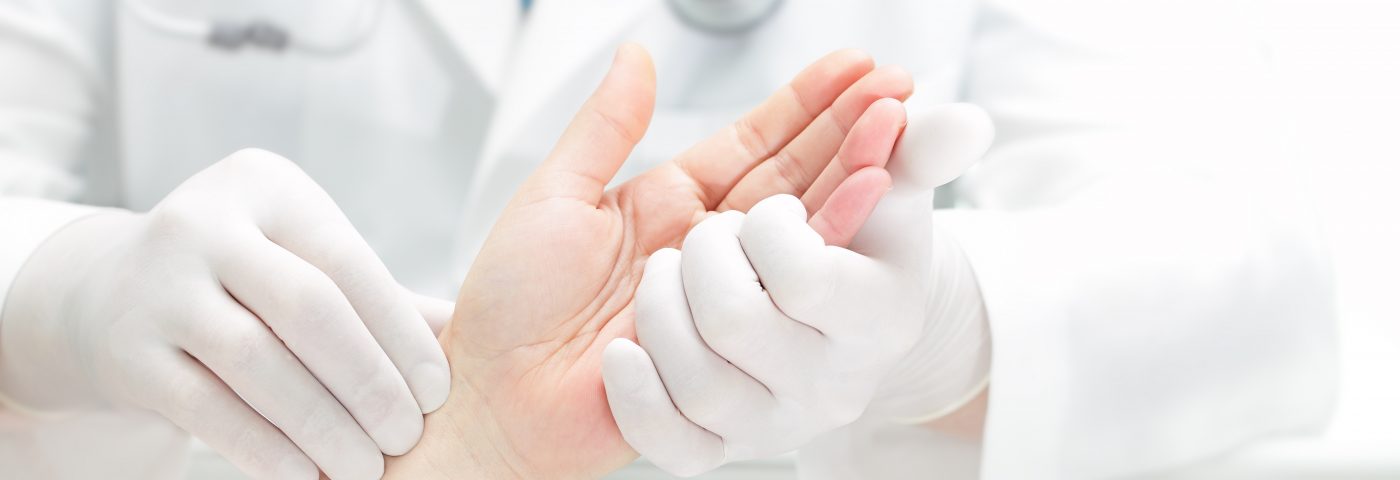Genetic diseases such as adrenoleukodystrophy (ALD) can result in a multitude of problems from birth to adulthood. Information about the disease can be hard to find, which can complicate the situation for both patients and caregivers.
This article covers some of the most frequently asked questions about ALD with the aim of providing a quick reference for those in need of answers.
What is ALD?
ALD is a rare genetic metabolic disorder that results in the accumulation of excess saturated very-long-chain fatty acids (VLCFAs) inside cells affecting brain function and, in some forms, the function of the adrenal glands.
What causes ALD?
ALD is caused by mutations in the ABCD1 gene, which is situated on the X chromosome. This results in insufficient production of the adrenoleukodystrophy protein (ALDP), which is responsible for transporting VLCFAs to a cellular compartment called the peroxisome where they are degraded. When ALDP does not function properly the VLCFAs are not efficiently transported into peroxisomes, leading to their toxic accumulation in cells and tissues.
How common is ALD?
ALD is known to occur in about 1 in 20,000-50,000 births across all populations worldwide.
What are the symptoms of ALD?
Symptoms of ALD can vary depending on the type and age. For more information, refer to our symptoms page.
What are the different types of ALD?
Based on the symptoms, ALD can be classified into three types — childhood cerebral ALD (CALD) that affects children between the ages of 4 and 10, adrenomyeloneuropathy (AMN), and Addison’s disease.
How is ALD diagnosed?
The diagnosis of ALD is relatively difficult and often requires ruling out other conditions. Blood tests, magnetic resonance imaging (MRI), skin biopsies, and genetic testing can help in initial diagnosis.
How is ALD inherited?
ALD is inherited in what is called an X-linked pattern as the ABCD1 gene is situated on the X chromosome. Men are at a higher risk of developing the disease as they have only one X chromosome.
Can ALD appear without a known family history?
About 5–7% of ALD cases are due to de novo mutations, i.e., mutations in the ABCD1 gene that have occurred spontaneously in the child without being inherited from the parents.
What are the treatment options available?
Although there is no cure for ALD yet, there are several treatment options available to manage its symptoms. Several experimental treatments are also in the pipeline.
Where can I get support and additional information?
We regularly publish articles covering the latest developments in ALD research and treatment options on our website. The following organizations also offer information, networking opportunities, and support to ALD patients and their caregivers:
Last updated: Sept. 4, 2019
***
Adrenoleukodystrophy News is strictly a news and information website about the disease. It does not provide medical advice, diagnosis or treatment. This content is not intended to be a substitute for professional medical advice, diagnosis, or treatment. Always seek the advice of your physician or other qualified health provider with any questions you may have regarding a medical condition. Never disregard professional medical advice or delay in seeking it because of something you have read on this website.


